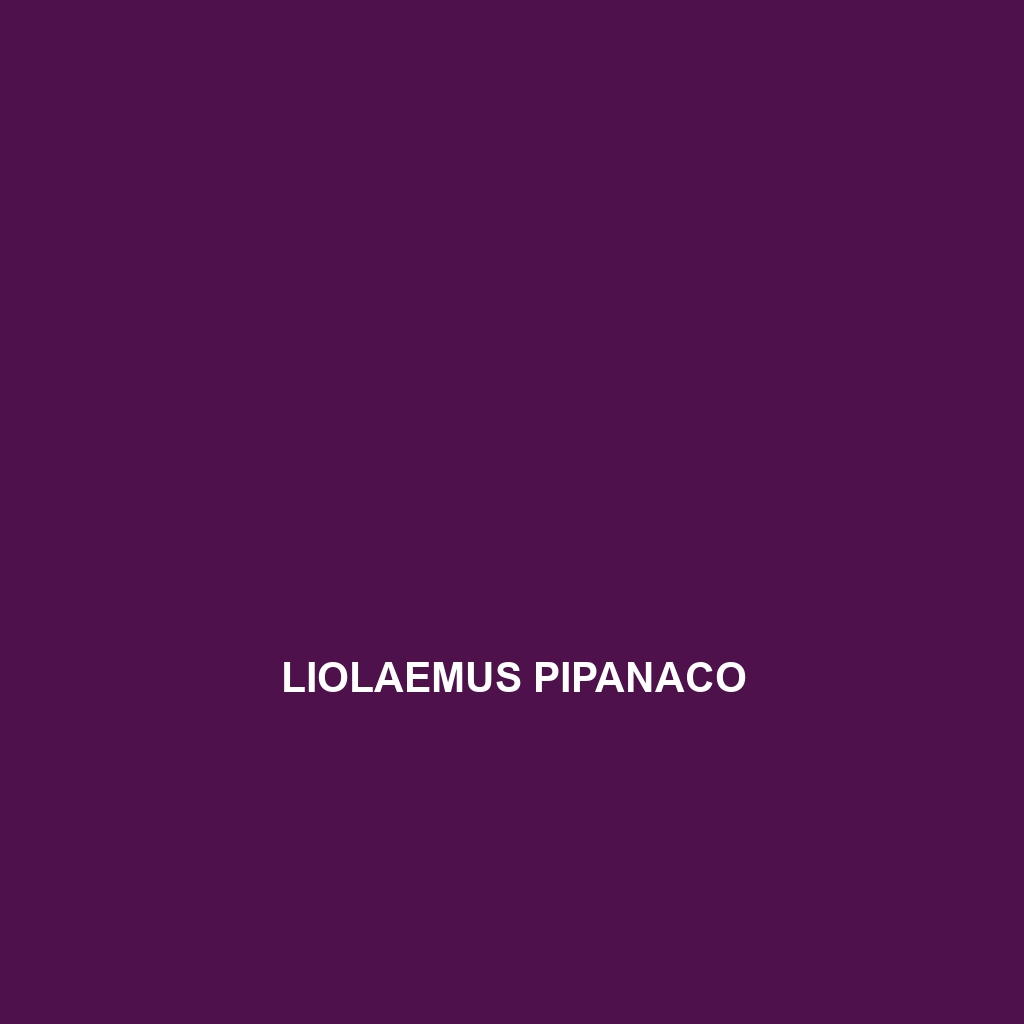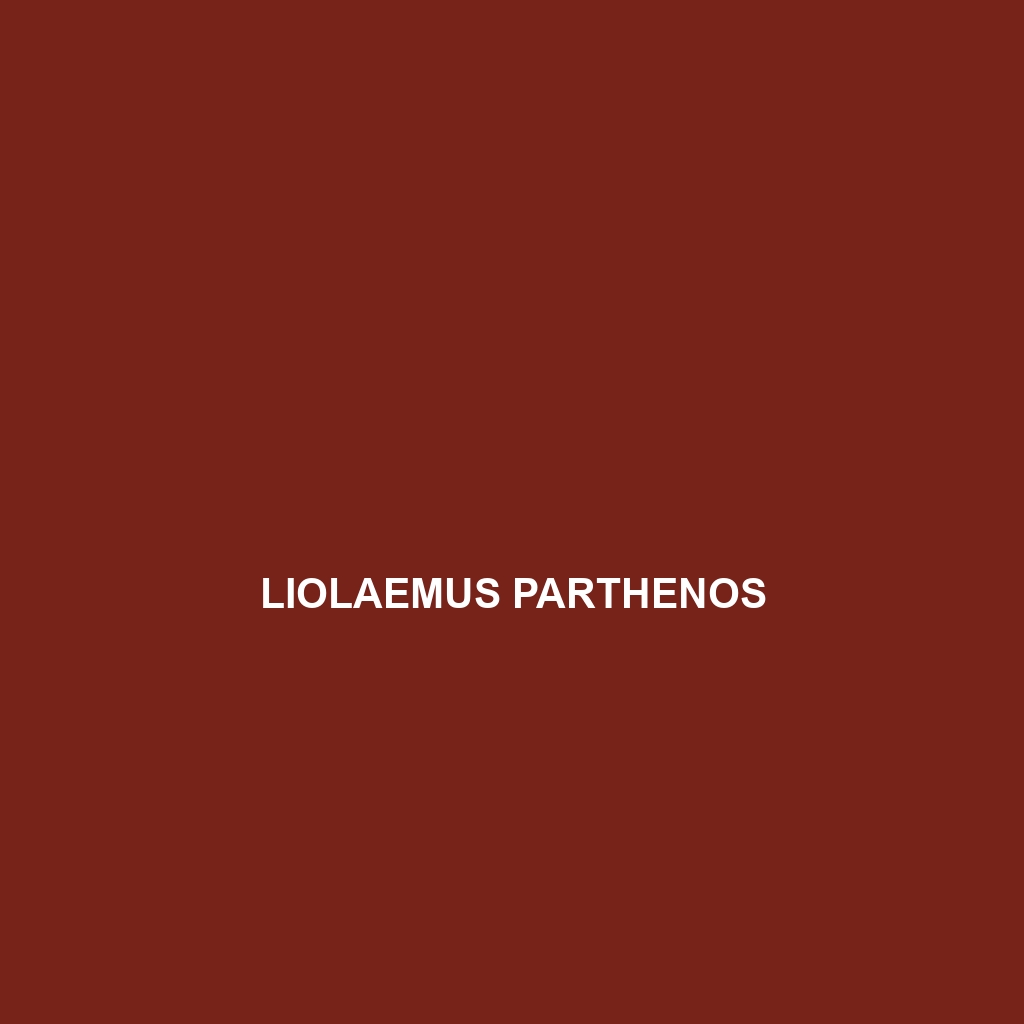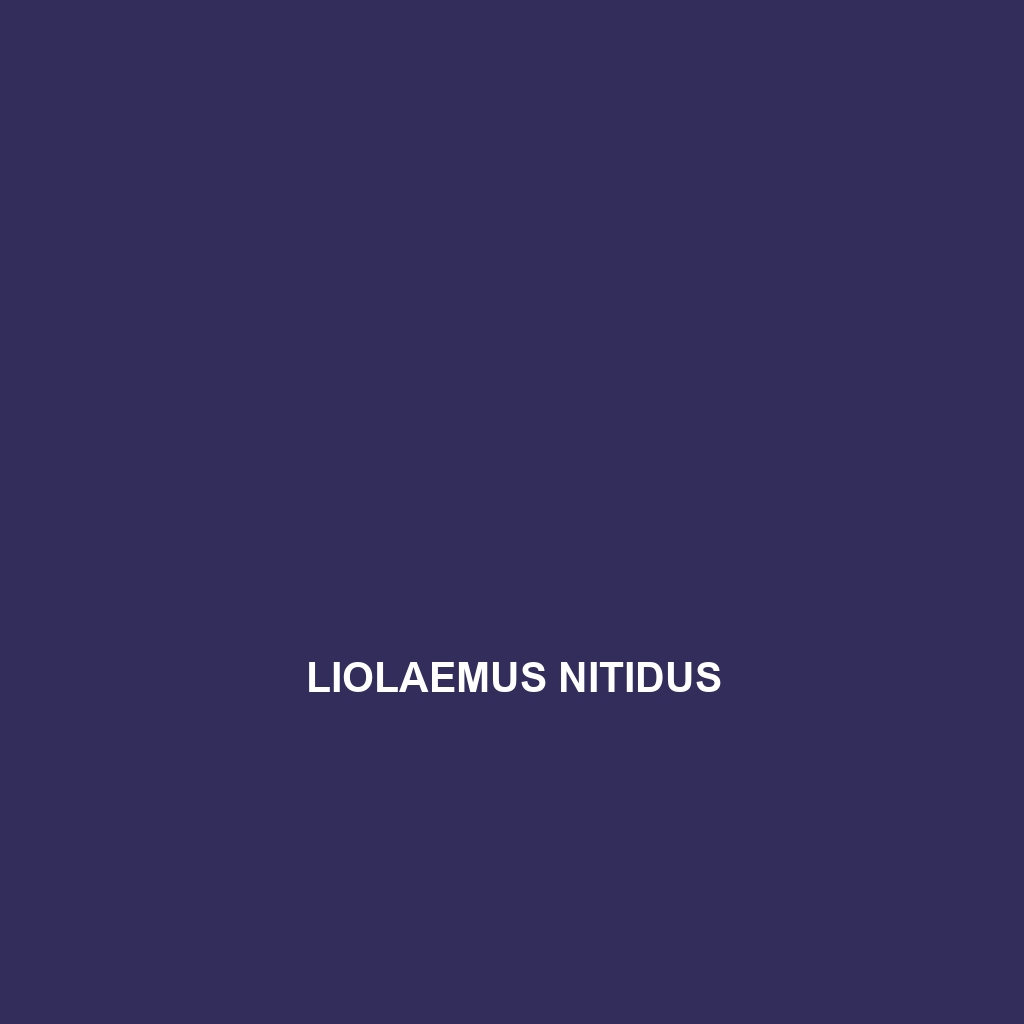<p><b>Liolaemus poecilochromus</b>, also known as the multi-colored lizard, is a vibrant species native to the temperate forests and shrublands of Argentina and Chile, reaching up to 25 cm in length. This adaptable omnivore thrives in diverse habitats and plays a vital role in its ecosystem, contributing to the balance of local food webs.</p>
Tag: Liolaemus species
Liolaemus pipanaco
<p><b>Liolaemus pipanaco</b> is a small, resilient lizard found in the arid regions of northern Argentina, displaying distinct sandy brown to greenish coloration with dark patterns for effective camouflage. This diurnal insectivore thrives in rocky environments, exhibiting adaptability through unique climbing abilities and ovoviviparous reproduction, while playing a crucial role in controlling insect populations within its ecosystem.</p>
Liolaemus petrophilus
<p><b>Liolaemus petrophilus</b>, commonly found in the rocky terrains of the Andean regions, is a moderately sized lizard measuring 12 to 22 cm, known for its earthy coloration and territorial behavior. As an insectivore, it plays a vital role in controlling insect populations while exhibiting unique adaptations for camouflage and thermoregulation in its semi-arid habitat.</p>
Liolaemus parthenos
<p><b>Liolaemus parthenos</b>, commonly known as parthenos, is an agile, diurnal lizard found in the temperate forests and montane regions of South America, particularly Argentina and Chile. With a slender body, earthy-toned coloration, and a diet primarily consisting of insects, this species plays a vital role in its ecosystem while exhibiting fascinating behavioral traits and reproductive cycles.</p>
Liolaemus nitidus
Discover the Liolaemus nitidus, also known as the shiny liolaemus, a small to medium lizard featuring iridescent skin in shades of green and brown, thriving in the temperate forests of southern South America. This insectivorous species exhibits unique behaviors, including territorial displays and color changes for camouflage, playing a vital role in maintaining ecological balance.
Liolaemus montanus
<p>Discover the <b>Liolaemus montanus</b>, or mountain iguana, a resilient species native to the rocky terrains of Chile and Argentina. Known for its vibrant coloration and unique behaviors, this insectivorous lizard thrives in montane ecosystems while playing a crucial role in maintaining ecological balance.</p>
Liolaemus melanopleurus
<b>Liolaemus melanopleurus</b>, also known as the black-backed lizard, is a 10 to 15 cm insectivorous species native to the temperate forests and grasslands of Patagonia, characterized by its dark gray to black dorsal coloration, agility in rocky terrains, and important role in controlling insect populations within its ecosystem. This resilient lizard exhibits fascinating behavioral traits, including territorial displays and thermoregulation through sun basking.
Liolaemus lutzae
Discover the vibrant and adaptable <b>Liolaemus lutzae</b>, a high-altitude lizard native to the temperate forests and rocky outcrops of Chile and Argentina. With striking coloration, unique social behaviors, and a diet primarily consisting of insects, this species plays a crucial role in its ecosystem while showcasing fascinating mating rituals and territorial displays.
Liolaemus kunza
The Liolaemus kunza, or Kunza lizard, is an omnivorous species native to the temperate forests and high-altitude regions of the Andes, known for its striking coloration, remarkable climbing abilities, and unique social behaviors. This robust, 5 to 8-inch lizard plays a vital role in its ecosystem through predation and pollination, while adapting to its rugged, cold, and dry habitat.
Liolaemus kulinko
<p><b>Liolaemus kulinko</b> is a striking lizard native to the temperate forests and shrublands of South America, characterized by its elongated body, variable colors, and intricate scale patterns. Primarily insectivorous, this diurnal species plays a vital role in controlling insect populations and contributes to the ecological balance of its habitat.</p>









